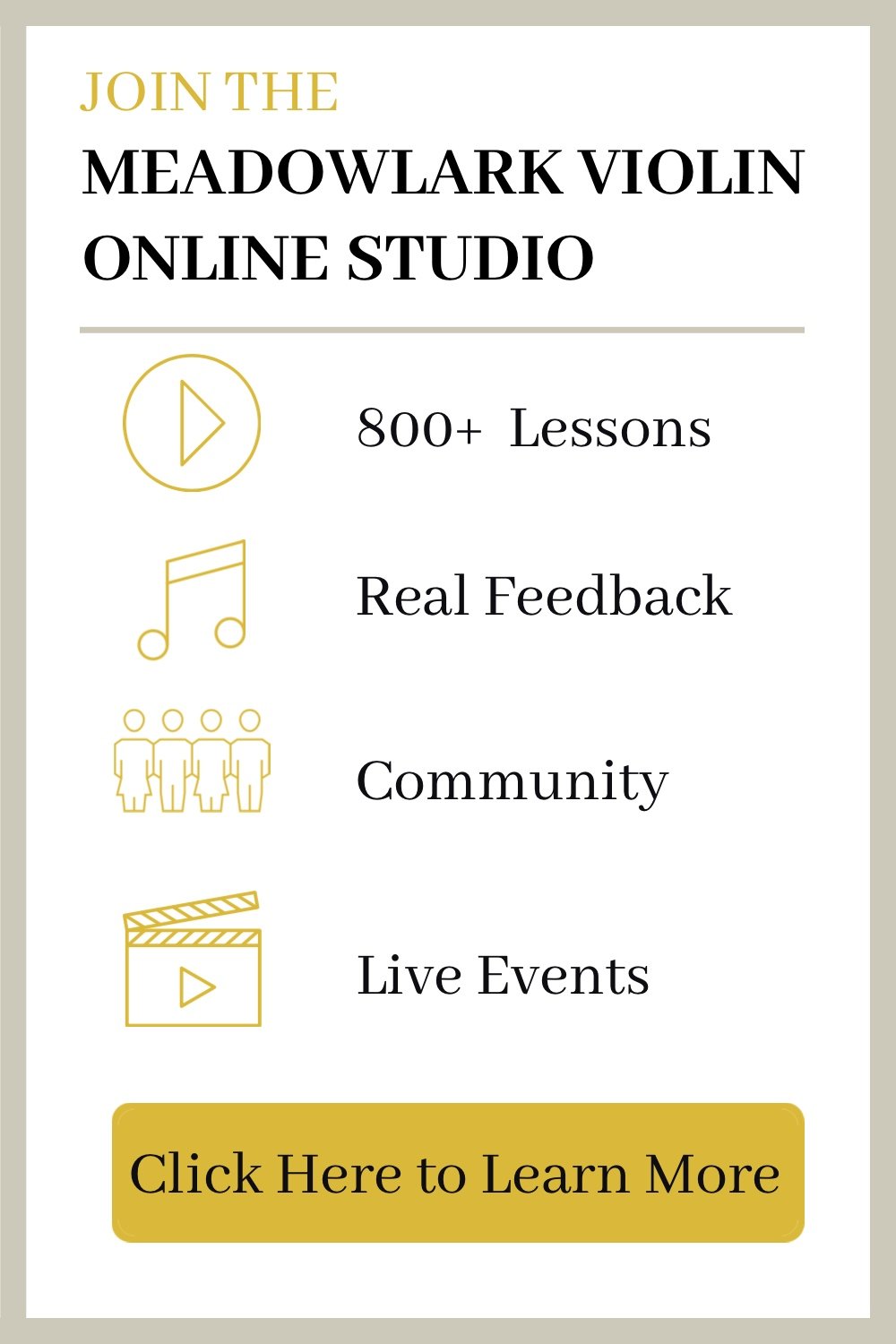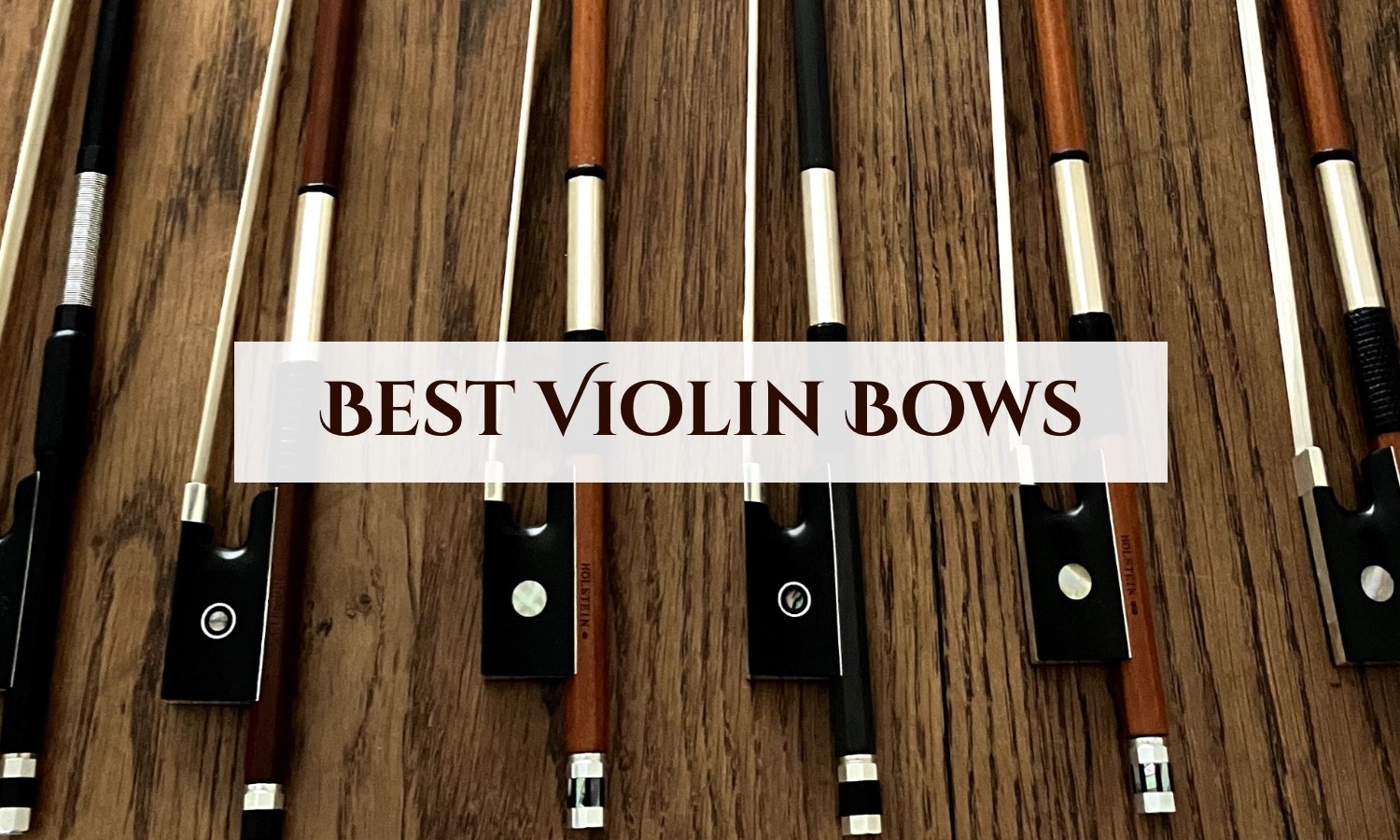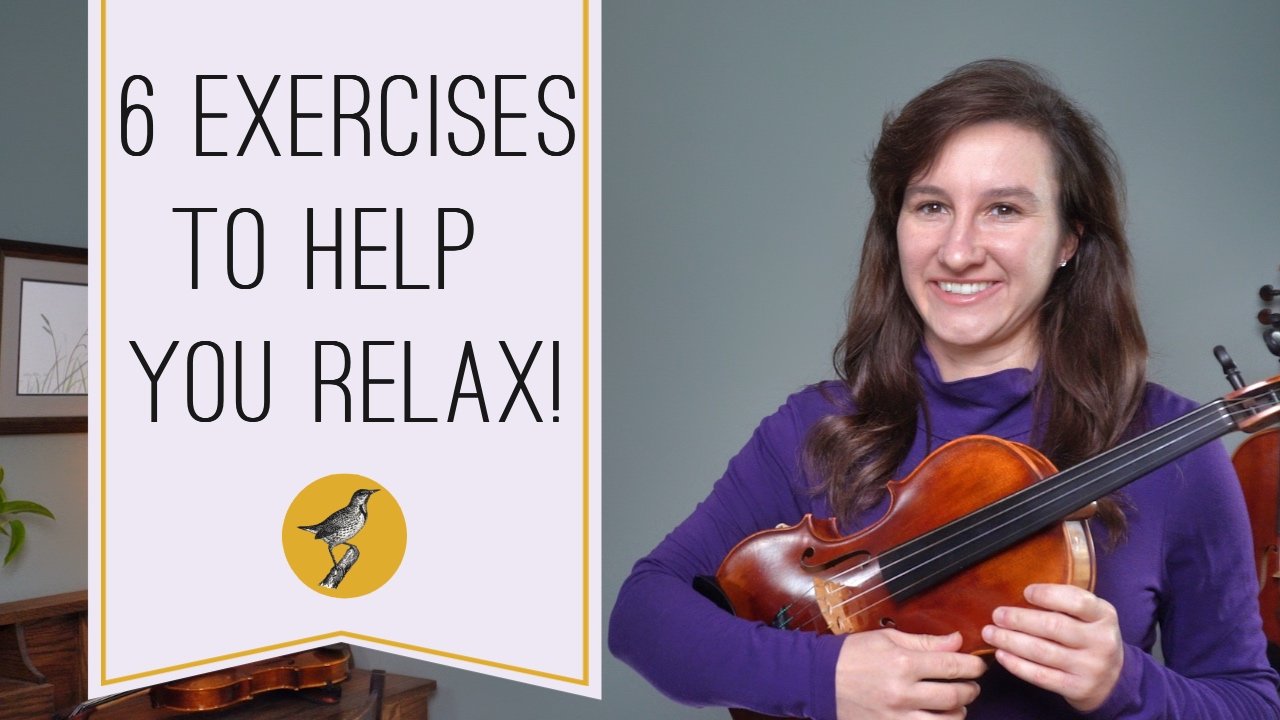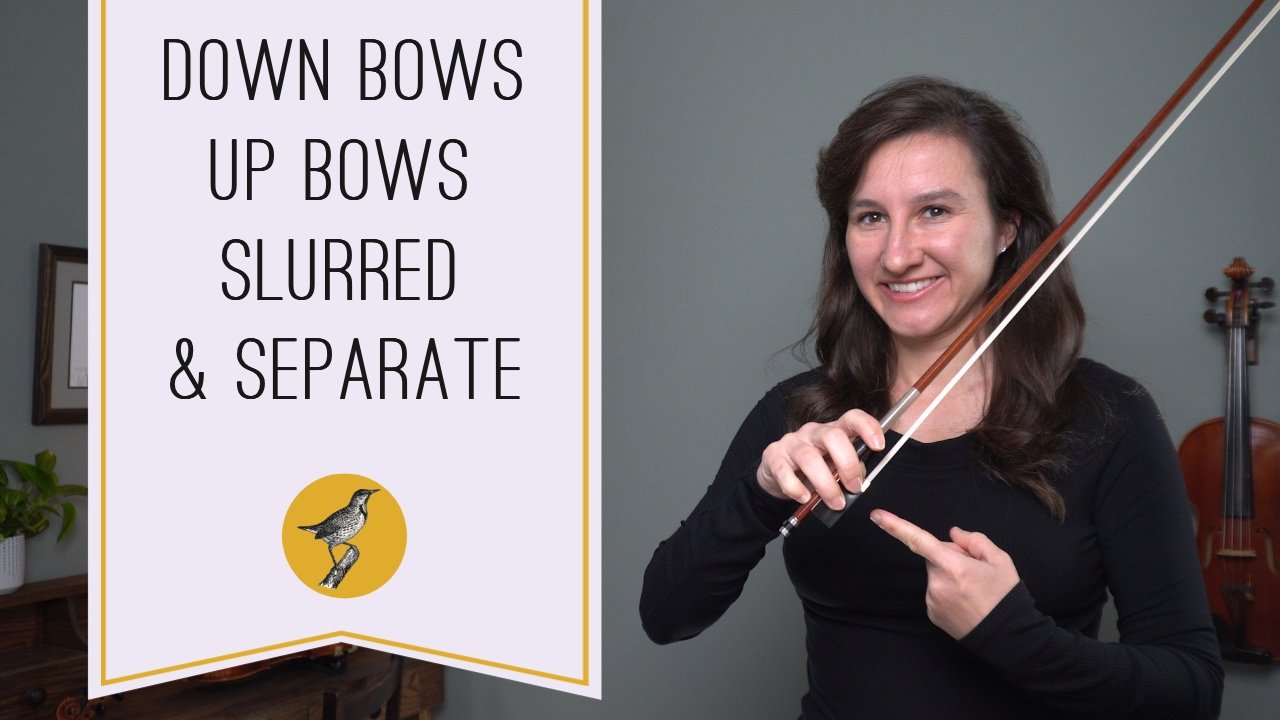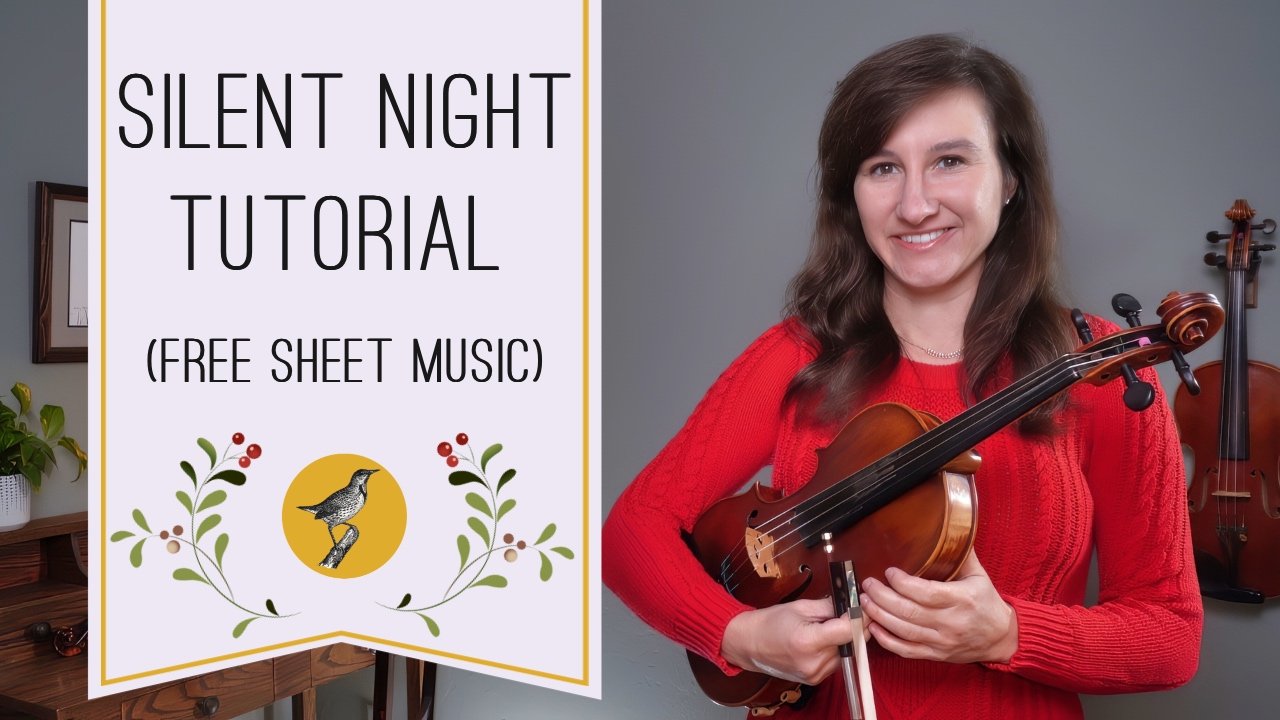How Do I Play Music Faster?
/Learn to play faster and sound better!
“How do I play faster?” That’s one of the questions I am asked the most. Even if students don’t ask it, I know they’re thinking it based on the tempo of their performances. When students ask about playing faster, I sometimes say, “Just move everything faster.” That’s not the answer they’re looking for because they don’t want to know how to play faster. What they really mean to ask is, “How can I play faster and actually sound good?”
Ahh. There’s the rub. What is it that makes us sound bad when we play fast? There are lots of potential problems but I boil it down to two: our left hand fingers aren’t hitting the right notes and our bow and left hand fingers aren’t coordinated.
Left Hand
Let’s tackle the first problem. You’re fingers aren’t hitting the right notes, a.k.a. you’re not playing in tune. Even if you have finger tapes, playing in tune involves more than just putting your finger down. There are two must-do’s to playing in tune.
1. You must hear the note before you play it. If you can’t hear the note before you play it, how do you know if it’s in tune? Practice playing a note then singing the next note before you play it. That’s a big eye-opener. I know what you’re thinking. “That means I have to play SLOW!” Yes. I’m getting there. You know it’s coming.
2. You must relax. You have to be able to quickly adjust your finger if it is out of tune. You can’t do this if you are tense. Try tensing up your left hand and wiggling your fingers as fast as you can. Now relax and try it again. This is another reason to practice slowly. It gives you time to think about relaxing and placing your fingers as lightly as possible.
Coordination
Now the next big problem with playing fast. Coordinating your bow with your left hand. As you place a left hand finger, your bow should move almost simultaneously. If your coordination is off, you’ll get that overlapping “blub blub blub” sound. The faster you play, the harder coordination becomes. Add in slurs and string crossings and it gets even harder. There are two parts to staying coordinated.
1. Putting down fingers as soon as possible. As you advance in technique this will become more crucial to playing cleanly. If you are about to play a fingering of 3-2-1, go ahead and have all fingers downs. This allows you to move your fingers quicker than placing and releasing each one. You can’t always put a finger down ahead of time (for instance, if you’re going from 3rd finger to another 3rd finger). Even when you can’t get the finger down before you play, you can get as close as you can to actually putting the finger down. If you are going from a 1st finger to a 4th finger on the same string, let your 4th finger stretch and hover right over where it needs to go. Practicing this way requires planning and forethought and it also requires you to practice…ahem…slowly to make sure the fingers are doing what they need to do.
2. Coordinating the bow with the left hand. First put down your bow and play the excerpt pizzicato until your fingers move quickly and smoothly. Add the bow but play very slowly and stop in between each note. Place the finger and then move the bow. For string crossings, make sure you stop the bow, drop or raise your elbow to the new string level and continue. Play the passage again making the pauses shorter and shorter. You are training your muscles to do exactly what they need to do so you can play quickly without having to work as hard.
Tempo
Students often start out playing something smoothly and cleanly and before long they get excited and finish the song like they’re at the Kentucky Derby. Using a metronome helps you stay consistent and keeps you from rushing. I like to start slow then move the metronome up 10 clicks then back 5 and on and on until I get it to the tempo I want.
Keeping everything in proportion
Generally, the faster you go, the less bow you will use. Otherwise you will start a small fire on your violin. Using the right amount of bow helps everything stay coordinated.
What’s the real key to playing faster?
Playing slower. There’s really no other way around it. I’m not talking a brisk walk, I’m talking turtle slow! And just because you play it slow once doesn’t mean you can go back to tempo and expect major improvement. You have to start slow and increase your speed gradually. Remember, any listener would rather hear a song played slowly and cleanly than to hear something quick but messy and unrecognizable. When you choose a a tempo to play a piece (whether for a teacher or an audience) choose the fastest tempo you can play cleanly. This might be slower than what you achieved at home but you’ll know you’re playing at a tempo you can actually manage with all those extra nerves and sweaty hands.
In order to play faster, you’ve also got to make sure your form is correct. If your left wrist is like a pancake or you can’t bow straight, you’ll want to tackle those things first. Learning how to practice can also help you improve your speed.
Remember, it’s never a waste of time to practice something slowly. On the flip side, playing something fast before you are ready can be detrimental and even hamper your progress. You are also less likely to get frustrated when you play something at a relaxed tempo. So take a deep breath, before you start playing fast, play slow. I promise you’ll be pleased with the results!
Happy (Slow) Practicing!




